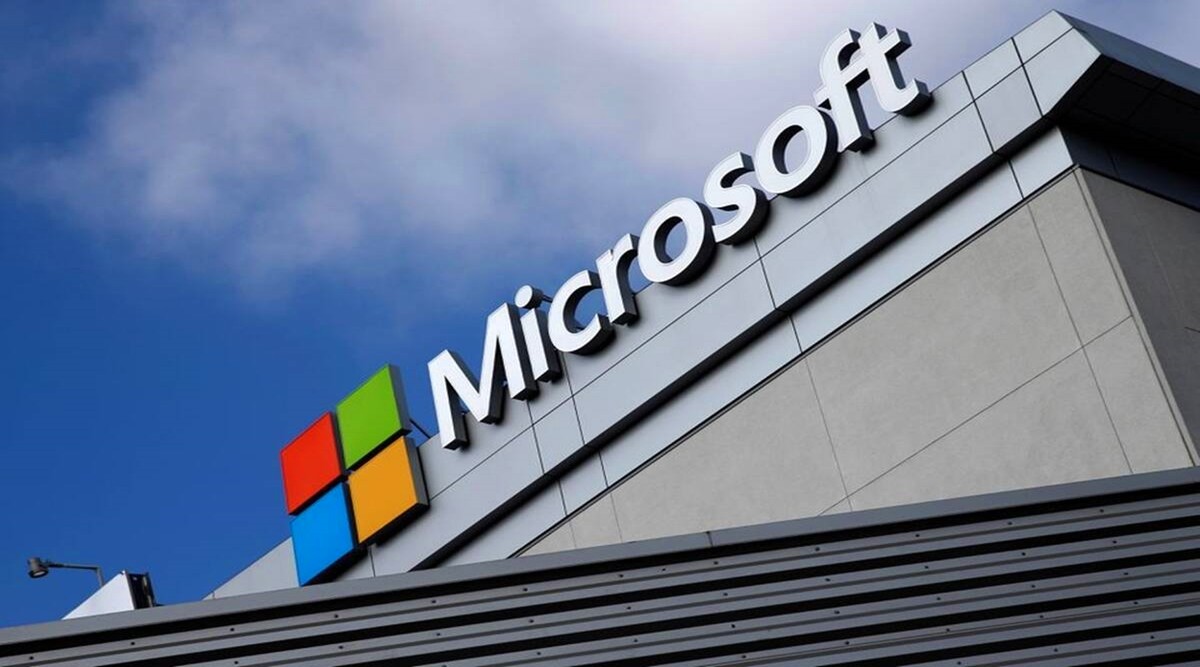In the fast-evolving world of cybersecurity, 2023 has witnessed a grim trend. Across the industry, at least 46 cybersecurity companies have made the difficult decision to lay off 4,738 employees.
These workforce reductions have sent shockwaves through the tech community, signaling a significant shift in the landscape of digital defense. The actual numbers might be even higher, as some companies chose not to disclose their precise figures.
Malwarebytes’ Second Round of Layoffs
Malwarebytes, a prominent California-based cybersecurity protection software and services provider, is the most recent contributor to this disheartening statistic.
Approximately 100 to 110 employees were on the receiving end of pink slips. This unfortunate event follows a similar wave of layoffs almost a year ago when Malwarebytes let go of 14% of its global workforce, as reported by techcrunch.com.
This news arrives just a week after Malwarebytes made headlines for a different reason—its acquisition of online privacy company Cyrus. According to the company, this strategic acquisition aims to bolster its mobile privacy solutions.
Marcin Kleczynski, CEO of Malwarebytes, shared some insights regarding these recent layoffs with TechCrunch. He explained that these cuts primarily impacted corporate employees and were part of a broader “strategic reorganization” within the company.
Fortinet and the Unreported Layoffs
Fortinet, an employer with a substantial workforce of 13,677 people as of June 2023, also made headlines with its layoffs. Although the number of affected employees remains undisclosed, it was confirmed that the sales, channel, and business development groups bore the brunt of these reductions.
This move came in response to lower-than-expected earnings for the quarter, highlighting the intense competition and challenges cybersecurity firms face in the current market.
Veriff and SecureWorks Join the Wave
Estonia-based identity verification company Veriff had to make the painful decision to lay off 101 employees, which accounted for 21% of its workforce.
Meanwhile, American cybersecurity company SecureWorks also had to tighten its belt, cutting 300 positions, which represents a 15% reduction in its workforce.
Also Read, Google’s Motion to Disprove Advertising Antitrust Case Denied by US Judge
Rapid7 and Other Significant Announcements
In this wave of layoffs, Boston cybersecurity company Rapid7 announced plans to eliminate 18% of its workforce, affecting 470 positions. Amongst the most substantial recent announcements was OneTrust, which made headlines by reducing its workforce by a staggering 25%, amounting to 950 employees.
The cloud and security services firm F5 followed suit by laying off 9% of its staff, impacting 623 employees. Sophos, another major player in the cybersecurity field, concluded this string of unfortunate events by cutting 10% of its headcount, totaling 450 employees.
These layoffs have undoubtedly created ripples of concern throughout the cybersecurity industry. As companies adapt to the ever-changing landscape of digital threats and challenges, they also grapple with the need to streamline operations and navigate an increasingly competitive market.
The future of these affected employees remains uncertain, but the industry is bracing itself for what lies ahead.
Conclusion
In an industry built on the premise of safeguarding digital assets and privacy, the cybersecurity sector is confronting its own set of challenges.
While companies are taking strategic measures to stay afloat, the human toll of these layoffs is significant. The impact on the lives of thousands of employees cannot be understated.
Also Read, TikTok Introduces Enhanced Search Ad Features for Marketers
Frequently Asked Questions – FAQs
Why are cybersecurity companies laying off employees in 2023?
Cybersecurity companies face increased competition and market challenges, prompting them to restructure and streamline their operations through workforce reductions.
How has the cybersecurity industry evolved in recent years?
The cybersecurity industry has evolved rapidly due to the ever-changing digital threat landscape, necessitating adaptability and efficiency in business operations.
What is the significance of Malwarebytes’ recent acquisition of Cyrus?
Malwarebytes’ acquisition of Cyrus aims to enhance its mobile privacy solutions, reflecting its commitment to improving its cybersecurity offerings.
How can laid-off employees in the cybersecurity sector cope with these challenges?
Laid-off employees can explore retraining opportunities, network within the industry, and consider freelance or consulting work to navigate these challenging times.
What does the future hold for the cybersecurity industry?
The future of the cybersecurity industry is uncertain, but it will likely continue to evolve rapidly in response to emerging digital threats and technological advancements.
















